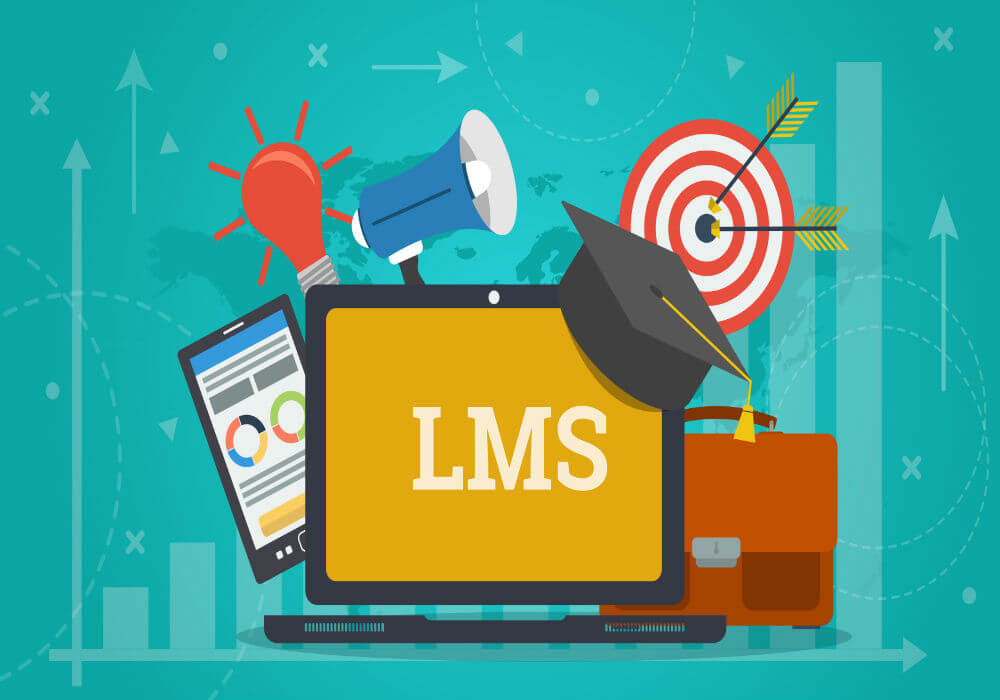In today’s fast-paced and ever-changing business world, executives are responsible for leading their organizations towards success. To successfully navigate this landscape, leaders must stay updated on the trends and technologies that can drive growth. One such technology that has gained popularity in years is the Learning Management System (LMS).
This post will explore how strategic leadership can utilize LMS trends to streamline employee development and enhance performance.
1. The Importance of Personalization
In the era we live in, a one-size-fits-all approach to learning is no longer sufficient. Employees now expect learning experiences that cater to their needs and preferences. Modern LMS platforms offer robust customization features that enable executives to create learning paths for individuals or groups within their organization.
By providing content and targeted training opportunities, personalized LMS experiences promote engagement and retention rates, ultimately leading to improved performance.
2. Microlearning: Bite-sized Knowledge
The traditional training model of seminars or courses is becoming less effective in capturing employees’ attention spans. As a result, microlearning has emerged as a method of delivering concise bursts of information in digestible formats.
By utilizing modules or videos that can be accessed through an LMS platform, executives have the opportunity to promote learning among employees. This method allows for the provision of bite portions of knowledge that can be conveniently consumed without causing disruptions to daily workflows. Additionally, it ensures that employees are constantly developing their skills.
3. Gamification: Engaging the Workforce
To enhance the learning experience and make it more engaging, many LMS platforms incorporate gamification features. These features include elements such as badges, leaderboards, and virtual reward systems. Leveraging gamification in training programs through an LMS platform can significantly increase employee motivation and participation levels.
Creating a sense of competition or collaboration within the workforce fosters engagement and encourages employees to actively seek ongoing learning opportunities.
4. Mobile Learning: Anytime, Anywhere Access
In today’s world, we can access information at any time and from anywhere using our smartphones. By integrating mobile learning capabilities into an LMS platform, executives can provide employees with the flexibility to access learning resources whenever they need them.
This “learn on the go” culture promotes adaptability and takes advantage of moments in busy schedules for quick information consumption or skill reinforcement.
5. Data-Driven Decision Making
Data has always played a role in guiding decision-making for executives, and this holds when it comes to leveraging analytics within an LMS. By keeping track of the progress of individuals and groups, leaders can identify any gaps in skills, compare performance metrics across teams, and evaluate the effectiveness of training initiatives. With this information at hand, leaders can make decisions based on data about which tools or techniques are producing the best results and allocate resources accordingly.
6. Collaboration and Learning Together
Learning should not be limited to efforts; it should also promote collaboration among teams or departments. Modern Learning Management System (LMS) platforms come equipped with features that allow executives to facilitate engaging discussions, encourage peer-to-peer knowledge sharing, and provide mentorship opportunities.
These social learning capabilities create a dynamic learning environment where employees can learn from each other’s experiences while fostering a sense of camaraderie within the organization.
Conclusion
Strategic leadership requires staying by embracing technologies that deliver tangible benefits for organizational growth. By leveraging personalization through features or designing microlearning modules tailored to learners’ preferences, executives can enhance employee engagement while improving retention rates.
Implementing gamification elements fosters competition within teams, while mobile accessibility ensures access to learning resources anytime and anywhere. Utilizing data analytics integrated into LMS platforms empowers executives to make informed decisions based on insights gathered from metrics libraries.
In the end, when organizations encourage collaboration by incorporating social learning elements, it helps to strengthen the connections between employees and enables them to learn from each other. By embracing these trends in learning management systems (LMS), executives can unleash their potential as strategic leaders, empowering them to shape a successful future for their organizations.
